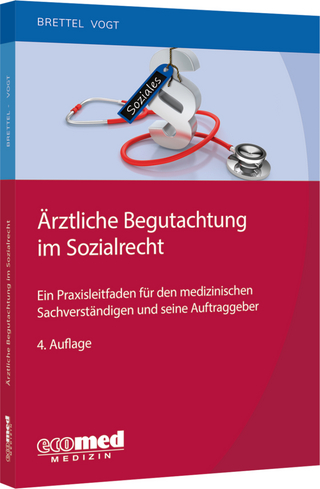
Breaking the Vicious Circle
Toward Effective Risk Regulation
Seiten
1993
Harvard University Press (Verlag)
978-0-674-08114-7 (ISBN)
Harvard University Press (Verlag)
978-0-674-08114-7 (ISBN)
- Titel ist leider vergriffen;
keine Neuauflage - Artikel merken
Beyer explores three main difficulties currently plaguing efforts to cope with environmental health risks and shows how well-meaning regulators can yet bring about counter-productivity. He suggests creating a mission-oriented, independent agency commanding significant prestige and authority.
Consider these scenarios: example 1 - a regulator insists that every trace of toxic substance be removed from a swamp, even though extracting that last bit would be enormously costly and yield only minor benefits; example 2 - nearly 10,000,000 American workers are exposed daily to various solvents, all of which have some neurotoxic effects, but these substances receive little attention from the federal regulators compared with anything that may cause cancer; example 3 - rules on disposal of sewage sludge, which may save one life every five years, encourage waste incineration, which is likely to cause two deaths each year. Stephen Breyer explores three difficulties currently plaguing efforts to cope with health risks, which he styles "tunnel vision, or the last 10 per cent" (example 1 above), "random agenda selection" (example 2), and "inconsistency" (example 3). He shows how well-meaning, experienced regulators can nonetheless bring about counter-productive results. Regulatory bodies, after all, are politically responsive institutions; their agendas will usually be affected by the public's demands.
Yet the more it appears that outside pressures control agency results, the less conf
Consider these scenarios: example 1 - a regulator insists that every trace of toxic substance be removed from a swamp, even though extracting that last bit would be enormously costly and yield only minor benefits; example 2 - nearly 10,000,000 American workers are exposed daily to various solvents, all of which have some neurotoxic effects, but these substances receive little attention from the federal regulators compared with anything that may cause cancer; example 3 - rules on disposal of sewage sludge, which may save one life every five years, encourage waste incineration, which is likely to cause two deaths each year. Stephen Breyer explores three difficulties currently plaguing efforts to cope with health risks, which he styles "tunnel vision, or the last 10 per cent" (example 1 above), "random agenda selection" (example 2), and "inconsistency" (example 3). He shows how well-meaning, experienced regulators can nonetheless bring about counter-productive results. Regulatory bodies, after all, are politically responsive institutions; their agendas will usually be affected by the public's demands.
Yet the more it appears that outside pressures control agency results, the less conf
| Erscheint lt. Verlag | 1.10.1993 |
|---|---|
| Zusatzinfo | 5 line illustrations, 7 tables |
| Verlagsort | Cambridge, Mass |
| Sprache | englisch |
| Maße | 235 x 158 mm |
| Gewicht | 380 g |
| Themenwelt | Medizin / Pharmazie ► Medizinische Fachgebiete ► Arbeits- / Sozial- / Umweltmedizin |
| Naturwissenschaften ► Biologie ► Ökologie / Naturschutz | |
| Recht / Steuern ► EU / Internationales Recht | |
| Sozialwissenschaften ► Politik / Verwaltung ► Staat / Verwaltung | |
| ISBN-10 | 0-674-08114-5 / 0674081145 |
| ISBN-13 | 978-0-674-08114-7 / 9780674081147 |
| Zustand | Neuware |
| Haben Sie eine Frage zum Produkt? |
Mehr entdecken
aus dem Bereich
aus dem Bereich
Rechtliche und medizinische Grundlagen für Gutachter, …
Buch | Hardcover (2024)
Erich Schmidt (Verlag)
198,00 €
Buch | Softcover (2022)
Arzt + Information (Verlag)
28,00 €
ein Praxisleitfaden für den medizinischen Sachverständigen und seine …
Buch | Softcover (2024)
ecomed-Storck GmbH (Verlag)
69,99 €


